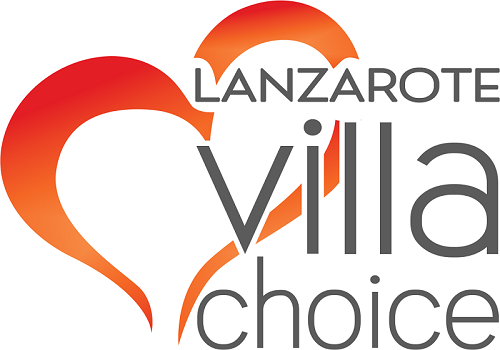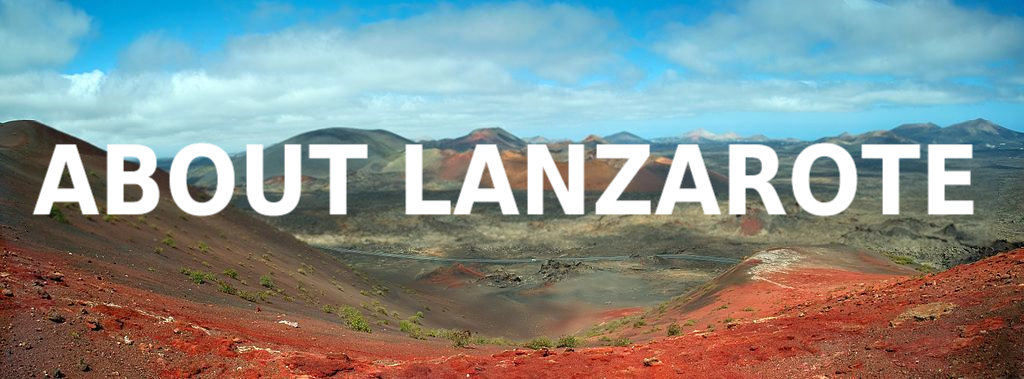
Lanzarote
Area: 845.9km² Length: 60km Highest Point: 671m Population: 142,000
Language: Spanish Currency: Euros Position: Atlantic Ocean 125km off the coast of Africa
Lanzarote emerged 15 million years ago from the sea as a result of a volcanic eruption. It is the most Easterly of all the Canarian islands, just 125km off the coast of Africa and 11km from the neighbouring island of Fuerteventura. It is the fourth largest island and boasts 16km of beach which includes the national protected area of Papagayo, 5 natural unspoilt beaches in the south of the island.
Lanzarote has been awarded a Biosphere certificate. This is given to destinations that guarantee an authentic experience to the traveller through the protection of the islands culture and continued efforts of improvement.
The island is part of the province of Las Palmas (Gran Canaria) and is divided into 7 counties.
Arrecife (Capital), Haria, San Bartolome, Teguise, Tias, Tianajo and Yaiza.
The islands belong to Spain. The language is Spanish and the currency is Euros. The Canaries do have their own tax system and Lanzarote is a duty free island.
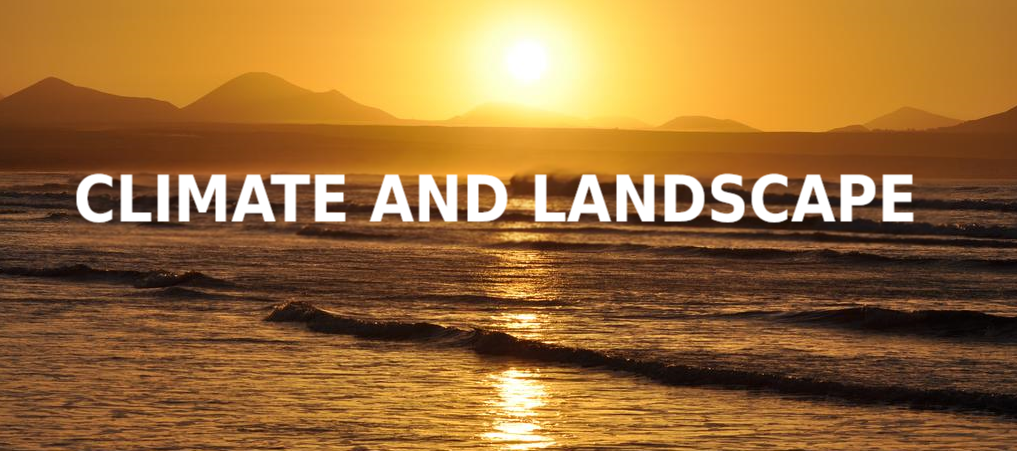
Climate
Lanzarote has a desert climate which borders with a tropical climate during the winter
Landscape
The landscape is mountainous and volcanic with the highest point being in the north, 2201ft, with magnificent views over Famara beach and Graciosa, a smaller inhabited island off the islands northern coast. The south is dominated by another national park, Timanfaya. This is where the last volcanic eruption took place increasing the size its size and creating an unusual landscape. Timanfaya is one of the main attractions on the island and you can still experience the heat of the Earth’s core close to the surface. From earlier eruptions in the north of the island the Green Caves and Jameos del Agua form part of the larges volcanic tunnel in the world. The tunnel of Atlantis.
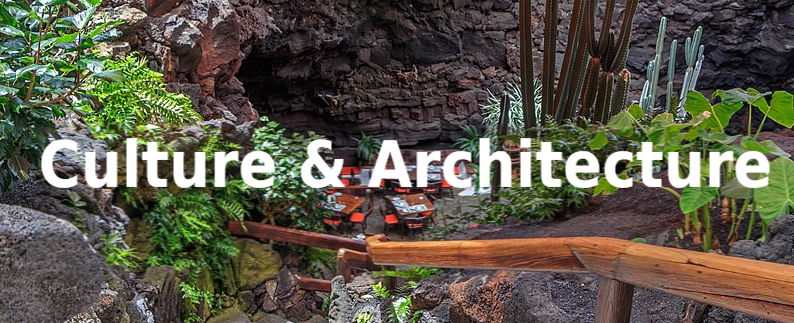
Unlike the other islands, Lanzarote has been influenced by a famous native architect called Cesar Manrique. Evidence of his work can be found wherever you go and many of the tourist attractions have been designed by him, promoting the natural landscape. He is also responsible for height restrictions and colour schemes on buildings. Initially, Lanzarote survived on agriculture, but tourism has now become the main source of income. There has been a careful balance to stop the island becoming over commercialized in the past years and extensive refurbishments in the main resorts.

You can find any type of cuisine here, especially in the resorts which are abundant in different types of restaurants. Canarians do have their specialities. Fresh fish and tapas are popular. Some other examples are;
Puchero canario is a meat-rich soup which is the Canarian equivalent to Spanish cocidos. In it are chicken, beef and pork meat are combined with chick peas, corn cobs, sweet potatoes, potatoes and other vegetables (carrot, cabbage).
Goat meat has been eaten in the islands since pre-Spanish times. Ropa vieja (literally, old clothes), is a dish consisting of chicken and beef mixed with potatoes and garbanzos ( chickpeas). Canarian ropa vieja is the father to Cuban ropa vieja through Canarian emigration.
Conejo en salmorejo is a traditional rabbit stew marinated in coriander sauce (not to be confused with mainland Spain’s salmorejo).
Papas Arrugadas (wrinkly potatoes) are served with most meals with Mojo sauce which is typical Canarian style.
La Geria is a region close to Timanafaya where the soil is particularly fertile for growing vines. Lanzarote does have a selection of bodegas where the island produces its own wine. To protect the vines they are planted inside a circular wall (zocos) to protect them from the wind. The soil is covered in small volcanic stones called picon to keep the moisture in. Some of the most popular bodegas are Rubicon, La Geria and El Grifo.
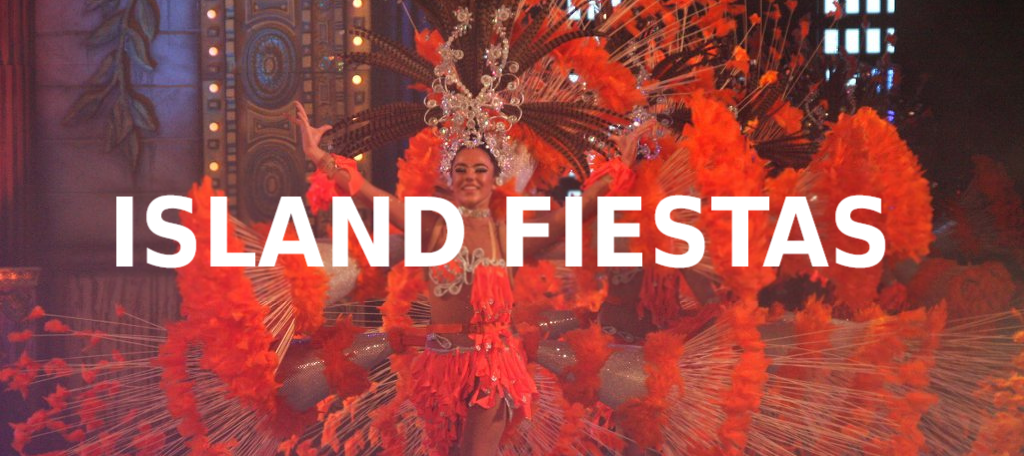
The Spanish culture is probably best know for its fiestas. Throughout the year there is no shortage of these in Lanzarote. The most popular with the locals by far is Carnaval which starts in Arrecife capital and travels around the resorts and villages over the following 4 weeks. The dates change each year based around Lent, 40 days before Easter.
The summer fiestas also travel between villages during the summer months. They normally consist of a small fairgrounds, activities for children and a Verbena (live music and dancing in the evening.
The Romero (Romeria de Los Dolores) is held in September each year. The locals dress in traditional costume and walk from where their homes to Tinaj, offering gifts to the Virgin Dolores who saved the church from the volcanic eruptions in 1736.
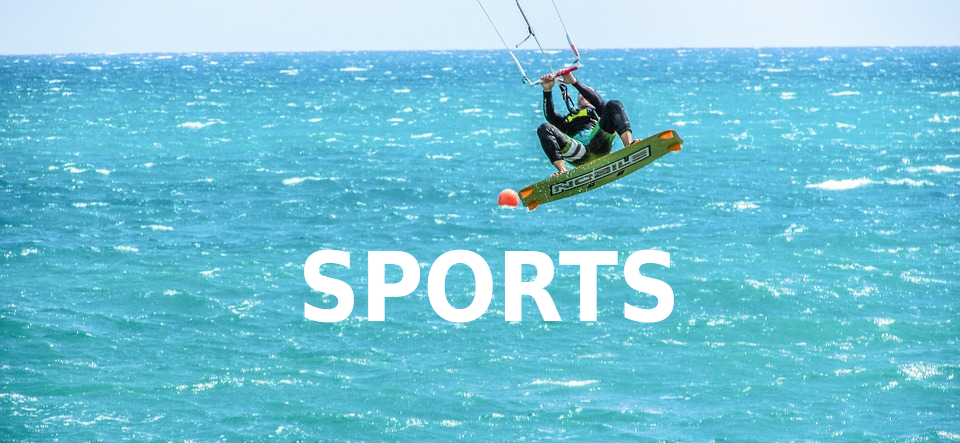
Throughout the year there are numerous sporting events taking place. Triathlons, swims and fun events such as the popular wine run and music run. More seriously, because of the perfect temperature on the island, the Ironman is hosted. This sees an influx of sportsman from all over the world with over 2000 competitors. La Santa organises the event. This is a a sports complex on the islands west coast with a multitude of activities and an Olympic size pool. This is one of the places in the world that celebrity sportsman come to train.
Obviously a great destination for surfing, windsurfing, kite surfing being so close to Fuerteventura where the world championships have been held.
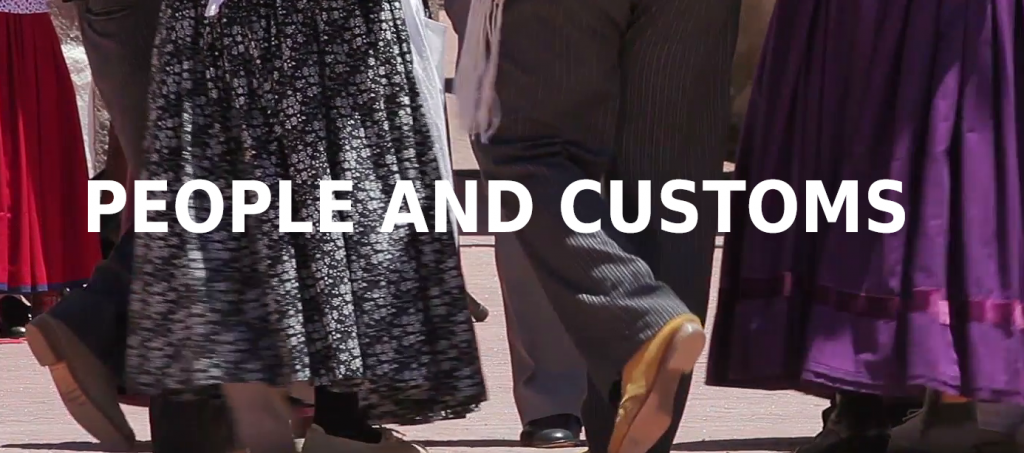
The island has been inhabited for over 2000 years. The original inhabitants were shepherds and lived off the land. Today there is a mix of cultures due to immigration. The natives are known as Conejeros. Every Canarian island has a different nickname for its natives. This island is known for its wild rabbits and this is where the nickname derives.
Although tourism has taken over as the islands main source of income, there are Conejeros living more traditional lifestyles and living off the land harvesting tomatoes, potatoes and other vegetables and also fishing. This is evident when travelling around the countryside. When shopping you will notice a mixture of authentic products, basket ware, pottery and lace. Every island has its own style of making lace, for example, Fuerteventura has a cross pattern and Lanzarote has a circular pattern so you can identify where the lace has come from.
Canarians also have their own traditional music,dance and costume which you can sometimes see if you take a trip to Teguise market on Sundays.
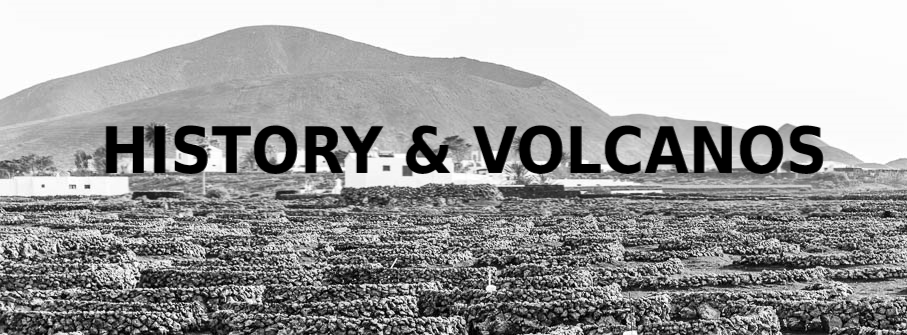
Its believed the first inhabitants to arrive on Lanzarote was around 1100 BC and of all the Canarian islands, it was the first to be inhabited. The first written evidence of the islands existence was later. Five islands are documented called Canaria (Gran Canaria), Ninguaria (Tenerife), Junonia Major (La Palma), Plivalia (El Hierro) and Capraria (La Gomera) Known as the Fortunate islands. Fuerteventura and Lanzarote were mentioned as the the Purple Islands. In the year 999 the islands were occupied by arabs and given arab names.
In 1336 Lancelotto Malocello arrived from Portugal and in 1385 to 1393 hundreds of Guanches (the original settlers of the island) were seized and sold in Spain at the beginning of the slave trade. In the 17th century pirates raided the island and again seized the inhabitants and used them for slavery.
From 1730 to 1736 volcanic eruptions produced 32 new volcanos and extended the island on the west side.
1768 a majority of the islands occupants were forced to emigrate due to the loss of fertile land a little rainfall.
Much later in 1927 Lanzarote and Fuerteventura became part of the province of Las Palmas (Gran Canaria).
Volcanos
The latest volcanic activity happened between 1730 and 1736 in the south of the island. The temperature of the core which is between 100 to 600 degrees Celsius can be detected just 13 meters below the ground and if you take a trip to the national park of Timanfaya there are various demonstrations you can see to prove this. The park covers 51 square Kilometers which is made up of volcanic soil, lava and rock. The different minerals of the earth can be detected from a number of different colours. The whole island is a result of Volcanic activity. The northern volcano’s are now extinct but the evidence can be found in the caves by the much earlier eruptions.
You can learn a lot of how the eruptions came about by taking a trip to the free visitors center close to the national park, also Jameos del Agua in the north has a museum dedicated to this topic.
